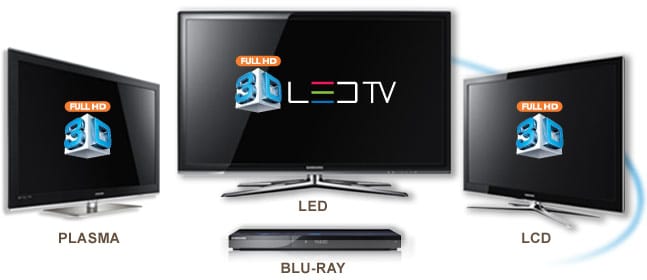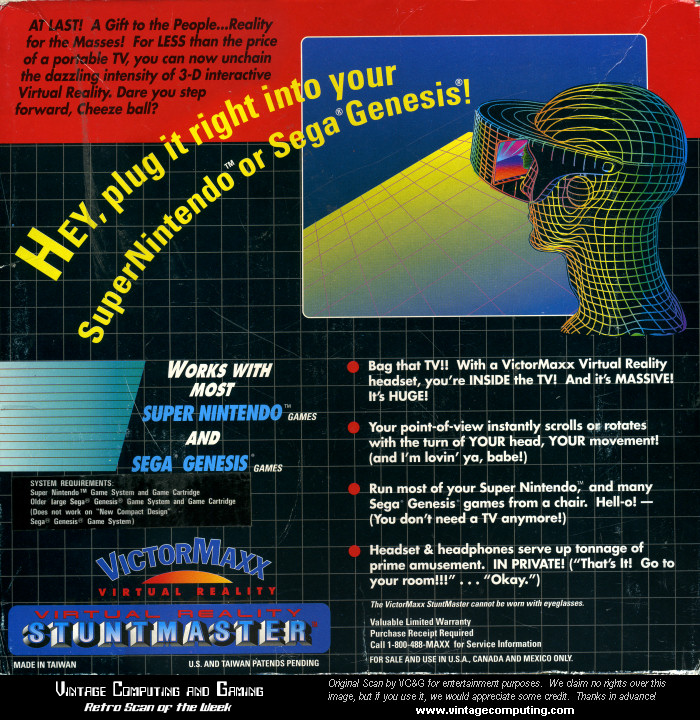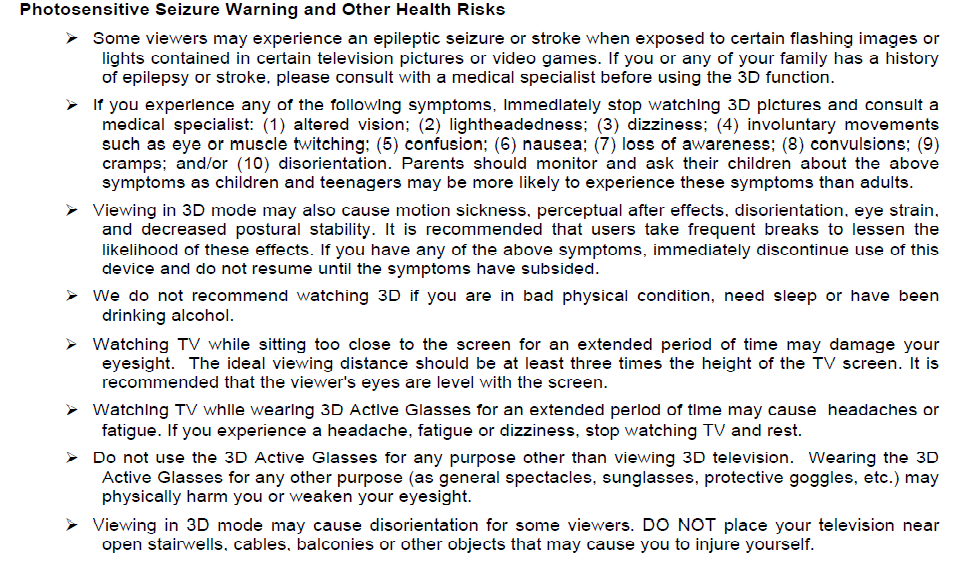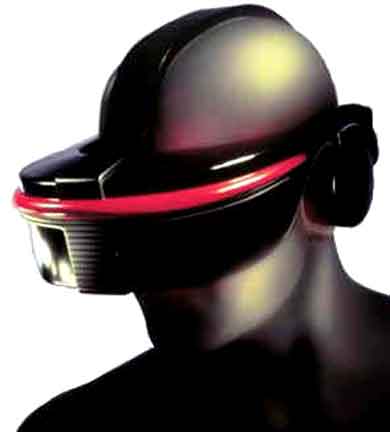3D Entertainment > Depth Perception


As both recent and older studies show, this model 3D home may not be as picture-perfect as some investors hope. Human optics is a delicate system, one that has evolved to give us the advantage in the animal kingdom with an extraordinary sense of depth perception stemming from the development of a strong stereopsis at an early age. The development of stereopsis comes from humans having two retinas in the front of the face, allowing us to see two images from two angles and perceive the world around us in a three dimensional way. Every time we watch a 3D movie and play a 3D game, with or without glasses, we are basically pulling a prank on our brain that the layered and polarized images we are viewing are in real-3D.

So why are so many people worried about the effects of 3D? It’s not necessarily the 3D technology itself, which has improved drastically over the past few years, but rather the prolonged exposure, which up until now hasn’t been available. Even though 3D movies are incredibly popular with moviegoers, the average viewer is only going to see maybe three of these movies per month because of ticket prices and in general not wanting to spend his or her life in a movie theater. However, with 3D HD Television sets coming to our living rooms and Nintendo’s 3DS soon to be in every kid’s room, the amount of “pranking” we are doing to our optic nerves is going to increase tenfold. The problem with this is that we are in essence fooling our brain into thinking that a 2D screen has depth and is therefore in 3D, which screws up our depth perception. This can stunt the growth of stereopsis in children, especially for those under the age of seven, preventing its development in the most crucial stages.

Companies like Nintendo and Samsung have already been fully aware of necessary precautions when incorporating 3D technologies in their products, aside from the more obvious side-effects like nausea, spams, or dizziness. Recently, Samsung has been issuing a standard warning on all of their new HD 3D TV’s. “Viewing 3D Television may also cause motion sickness, perceptual after effects, disorientation, eye strain and decreased postural stability… It is recommended that users take frequent breaks to lessen the potential of these effects,” is just one small part of their lengthy warning.

If this is at all sounding familiar, it’s because this isn’t the first time these studies have reached the ears of 3D production. The best example would be Sega’s Virtual Reality creation for the Sega Genesis from early 90’s, the Sega VR. This headset included LCD screens and headphones wrapping around the users head, similar to Nintendo’s Virtual Boy, and depicted a 3D environment that the player would interact with using movements and appropriate reactions. Besides the obvious motion sickness that came with use, studies conducted at the Stanford Research Institute revealed that the 3D virtual reality could cause children to develop strabismus resulting from defective stereopsis. Sega proceeded to immediately discontinue the project to avoid the potential lawsuits and user health risks. This time around, however, there is a lot less of attention given to the upcoming 3D technologies present in gaming and entertainment systems alike.
A lot has changed over the years with the way 3D visuals are perceived (3DS for example), and with progress hazards typically lessen. Ultimately though, spending too long watching a 3D screen will potentially halt optical development like stereopsis in younger viewers. Nintendo, Panasonic, and other companies have been taking necessary precautions to warn users of all health hazards, but within reason. After all, what would happen to a product, let alone the company, if the technology behind it turns out to be detrimental to growth? While the abundance of 3D technology is one giant step closer to the future, it may be one step too fast. It’s already common to go see the latest blockbuster with a pair of glasses on, but are we really ready for a 3D household? If even the retailing companies are acknowledging the potential consumer risks, then the real question is just how detrimental to our growth and vision is over-exposure to 3D? And with just about every form of entertainment possible advancing with 3D capabilities, what does this risk mean for the future?
Links: Stereopsis and Strabismus | Australian Defense on Cybersickness